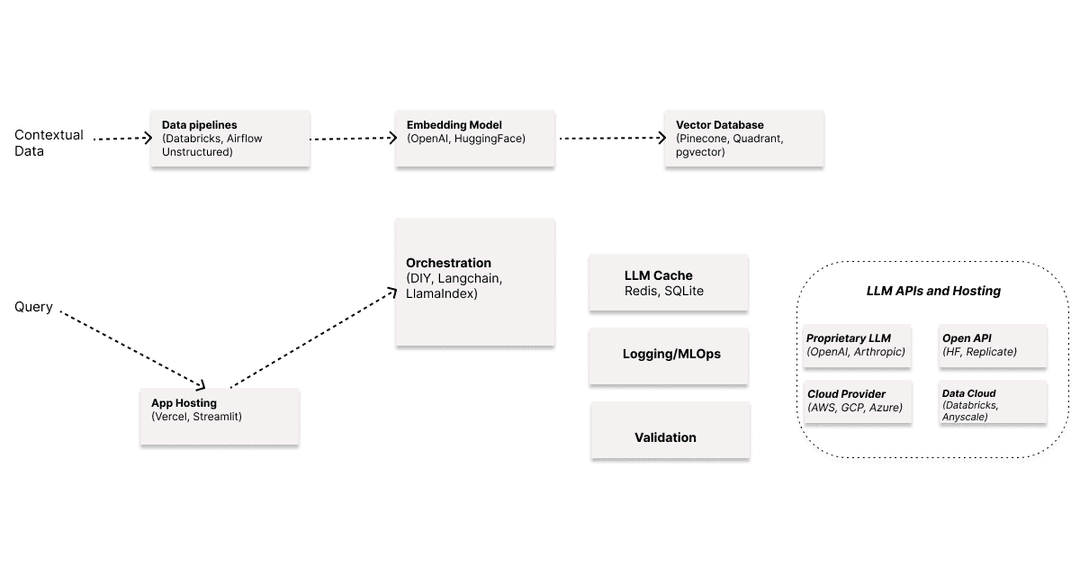The State of AI Agents and Agentic Software Development in 2025

2025 has been declared "the year of the agent," and for good reason. AI agents have evolved from experimental prototypes to production-ready systems transforming how we build software, manage enterprises, and solve complex problems. Let's explore the current state of this revolutionary technology and what it means for developers and organizations.
The Agent Revolution: Where We Stand
The landscape of AI agents has matured dramatically. According to recent surveys, 99% of developers building enterprise AI applications are now exploring or actively developing AI agents. More impressively, 79% of companies have already adopted AI agents in some capacity, with 66% reporting measurable value through increased productivity and efficiency gains.
However, adoption isn't universal. Industry predictions suggest that while 25% of companies using generative AI will launch agentic AI pilots in 2025, this figure will grow to 50% by 2027. The gap between experimentation and production deployment remains a key challenge for many organizations.
Key Trends Defining 2025
1. Multi-Agent Orchestration: The Orchestra Approach
Gone are the days of monolithic AI systems trying to do everything. 2025 has embraced the "orchestra" approach, where multiple specialized agents work together under the guidance of an orchestrator model.
This approach allows for:
- Specialized expertise - Each agent focuses on what it does best
- Parallel execution - Multiple subtasks can run simultaneously
- Better quality control - Agents can review each other's work
- Scalability - Add new agents without redesigning the system
2. Communication Protocols: The Language of Agents
For agents to collaborate effectively, they need standardized ways to communicate. 2025 has seen the emergence of key protocols:
Model Context Protocol (MCP): Enables agents to share workflow states and context, ensuring consistency across multi-step processes.
Agent Communication Protocol (ACP): Facilitates structured message exchange between agents, including requests, responses, and status updates.
Agent-to-Agent Protocol (A2A): Supports decentralized collaboration where agents can discover, negotiate, and coordinate with each other without central oversight.
3. Coding Agents: Transforming Software Development
AI coding agents have evolved far beyond simple code completion. In 2025, they're becoming true development partners that can:
- Propose architectural solutions - Suggest design patterns and system architecture
- Write complete features - Generate entire modules or components
- Debug autonomously - Identify and fix issues without human intervention
- Refactor intelligently - Improve code quality and maintainability
- Generate tests - Create comprehensive test suites automatically
GitHub Copilot and similar tools have evolved from in-editor assistants to full agentic AI partners capable of understanding project context, navigating codebases, and making informed decisions about implementation details.
However, reality check: While these tools are powerful, only about one-third of organizations report regular usage by over half their developers. Adoption barriers include trust, workflow integration, and the learning curve of effective agent collaboration.
4. Self-Healing Systems
One of the most exciting developments is the emergence of self-healing AI systems. These agents can:
- Monitor application health in real-time
- Detect anomalies and potential failures
- Diagnose root causes automatically
- Implement fixes without human intervention
- Learn from incidents to prevent future issues
Market Growth and Investment
The numbers tell a compelling story:
- $10.41 billion: Projected global agentic AI tools market size for 2025
- 88%: Senior executives planning to increase AI budgets in the next 12 months
- 75%: Executives believing AI agents will reshape the workplace more than the internet did
- 71%: Leaders expecting AGI (Artificial General Intelligence) within two years
This massive investment is driving rapid innovation, but also raising the bar for what "production-ready" means in the context of AI agents.
Real-World Applications
Enterprise Automation
Companies are deploying agents for:
- Customer service - 24/7 support with context-aware responses
- Data analysis - Automated insights from complex datasets
- Workflow optimization - Intelligent process automation
- Document processing - Extraction and synthesis of information
Software Development
Development teams are using agents for:
- Code review - Automated analysis of pull requests
- Bug triage - Intelligent prioritization and assignment
- Documentation - Auto-generated and maintained docs
- CI/CD optimization - Smart build and deployment pipelines
Research and Innovation
Research teams leverage agents for:
- Literature review - Comprehensive analysis of papers
- Hypothesis generation - Data-driven research questions
- Experiment design - Optimized experimental protocols
- Data synthesis - Cross-study analysis and meta-analysis
The Challenges: Reality Check
Despite the excitement, significant challenges remain:
1. Reliability Gap
Enterprise adoption requires near-perfect reliability. "Getting it right most of the time" isn't enough for mission-critical applications. Agents must demonstrate consistent, predictable behavior.
2. API Maturity
The most exciting work in agentic engineering isn't about model improvements—it's about exposing enterprise APIs properly. Most organizations aren't "agent-ready" because their systems weren't designed for programmatic access by autonomous agents.
3. Trust and Verification
How do you verify that an agent made the right decision? Establishing trust requires:
- Explainable decision-making
- Audit trails
- Rollback mechanisms
- Human oversight for critical operations
4. Integration Complexity
Integrating agents into existing workflows requires:
- Change management
- Training and education
- Process redesign
- Cultural shifts toward human-AI collaboration
Best Practices for 2025
Start Small, Scale Thoughtfully
Design for Observability
Every agent action should be:
- Logged - Complete audit trail
- Explainable - Clear reasoning for decisions
- Reversible - Ability to undo actions
- Monitored - Real-time performance metrics
Implement Guardrails
Foster Human-Agent Collaboration
The most successful implementations treat agents as assistants, not autonomous overlords. Design for collaboration:
- Agents suggest, humans approve
- Agents handle routine, humans handle exceptions
- Agents provide context, humans make final decisions
The Path Forward
Agentic engineering is maturing from wild experimentation to disciplined practice. The key insights for 2025 and beyond:
1. Agents as Tools, Not Magic
Successful adoption comes from treating agents as sophisticated tools that augment human capabilities, not replace human judgment.
2. Infrastructure First
Before deploying agents, ensure your infrastructure supports:
- Comprehensive APIs
- Real-time monitoring
- Robust security
- Flexible integration points
3. Iterative Adoption
Start with assistive agents, prove value, then gradually increase autonomy as trust and capability grow.
4. Cross-Functional Collaboration
Successful agentic systems require collaboration between:
- Engineers (building and maintaining agents)
- Domain experts (defining requirements and validating outputs)
- Security teams (ensuring safe operation)
- Business stakeholders (measuring value and ROI)
Looking Ahead
The trajectory is clear: AI agents will become increasingly central to how we build software and run organizations. The question isn't whether to adopt agentic AI, but how to do it thoughtfully and effectively.
Key predictions for the next 2-3 years:
- Standardization of agent communication protocols
- Emergence of agent marketplaces and ecosystems
- Maturation of agent testing and validation frameworks
- Evolution toward truly autonomous multi-agent systems
- Integration of agents into every stage of the software development lifecycle
Conclusion
2025 marks a pivotal moment in the evolution of AI agents. We've moved past the proof-of-concept phase into real-world deployment, complete with all the challenges and opportunities that entails.
The most successful organizations will be those that:
- Start with clear use cases and measurable goals
- Invest in the infrastructure agents need to succeed
- Maintain realistic expectations about capabilities and limitations
- Foster a culture of human-AI collaboration
- Iterate based on real-world feedback and results
The age of agentic software development is here. The question is: how will you leverage it?
Ready to build with AI agents? Start by identifying a repetitive, well-defined task in your workflow. Deploy a focused agent to handle it. Measure the results. Iterate and expand. The future is agentic, and it's being built one agent at a time.





